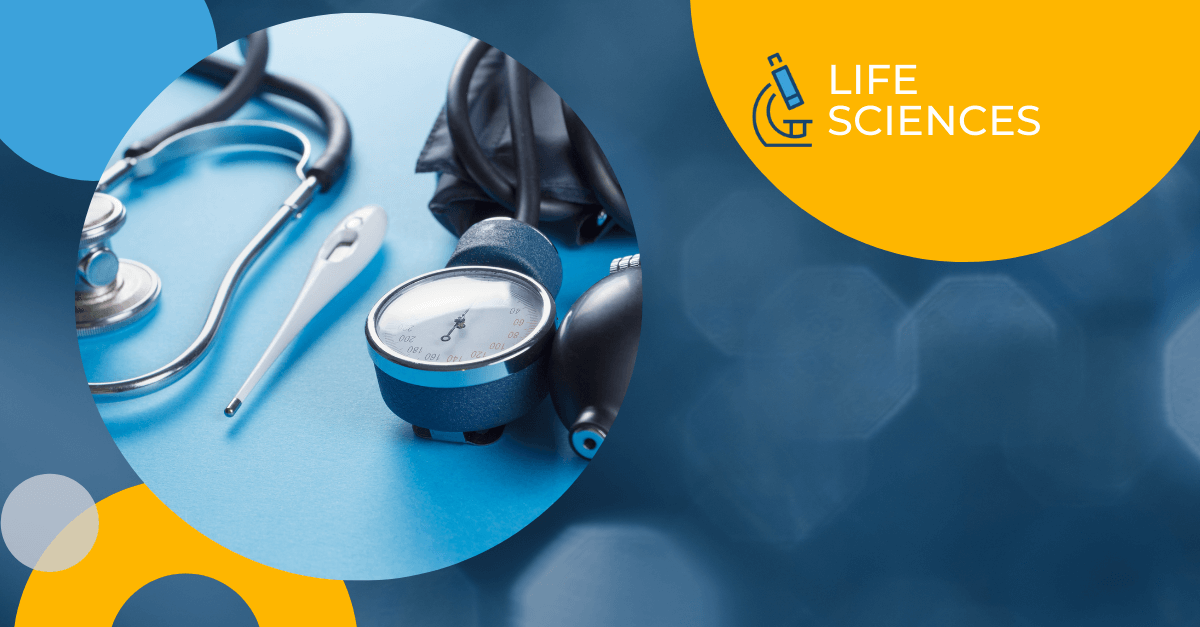The sales and marketing of European medical devices doesn’t need to be challenging to navigate – and your document translation for CE mark approval certainly shouldn’t be what stands in the way of your successful product release. You are likely already aware of the updated Medical Device Regulations (EU) 2017/745 and In Vitro Diagnostic Medical Device Regulations (EU) 2017/746. These directives went 30 years before being updated, which caused significant disruption for medical device manufacturers with a global strategy that includes the European Union (EU) and European Union Area. So what does that mean now for CE mark translation?
The CE mark has been nicknamed ‘the passport to the EU’ with 33 participating countries requiring conformity to the European legislation enacted to protect the health and safety of patients and clinicians alike. All manufacturers in-country and abroad must establish CE marking to market and sell their device in participating member countries to do so successfully. The new directives focus on the translation of documentation to ascertain the coveted CE mark for your device, which means that there are now more languages and more documents required for translation than ever before. Here are four tips to help you prepare for the victorious European release of your medical product:
1. Know what materials are required for translation
Before the updated directives were implemented, only a few documents needed to be translated for CE Mark approval. The revised requirements brought about more languages and documents, increasing manufacturers’ costs and time to market. If you already have a device on the market or plan to release a new device, the first thing you must understand is what documents are now required for translation and localization.
Up to 20 differing informational materials can be required for medical device compliance. This includes but is not limited to marketing materials and technical documentation. Your language services provider (LSP) should be able to help you determine what documents need to be translated for your medical device class. It would be best to look for an LSP that will help you make a glossary of commonly used terms, a termbase, that will be used throughout the translation project to ensure consistency and accuracy.
Now that you have a better understanding of what documentation will be required for translation and localization, you can ensure your source material is as accurate as possible for precise and consistent translation.
2. Develop accurate source materials
When developing content that will be sent for translation, it is essential to understand how the writing and formatting will affect the translation and localization. Your LSP may have to put intensive work into your project if the content is not already explicit and adequately prepared for translation. The better prepared your source material, the quicker and more accurate translation and localization process.
Use precise and straightforward phrasing, write in an active voice, be consistent with terminology and content, and avoid using abbreviations, jargon, or cultural references.
3. Know what languages you need translation for
If you have already released your device, you will already have some required materials translated. If this is you and your organization, you will need to determine what languages you already have translations for. Commonly, manufacturers used to prioritize the ‘Big Five.’ Doing so now will leave out 19 other languages required by the updated directives. If you are starting, you only need to know what languages are included.
With 33 participating countries, there are 24 official languages that product materials must be translated into. Working with an experienced LSP will help ensure that your message is delivered the same as your source material in each required language.
4. Quality Management
The quality of your translation relies heavily on the LSP you choose. These documents require special attention to ensure translation quality and accuracy. Most importantly, the provider you chose to work with minimally needs to be certified to ISO 13485. This standard defines the requirements for a quality management system (QMS) for companies in the medical device industry or servicing them. As a medical device manufacturer, you must be accountable for your LSP. Every translation company has a different QMS process. To help minimize risk and nonconformance in your final product, their process should be transparent and have answers to questions like: ‘how much experience do you require for linguists,’ ‘do you use termbases/glossaries/ other translation memory tools?’.
Obtaining your CE Mark is the first step to selling your medical device in the EU. It is more important now than ever to work with an experienced LSP with the updated directives. Controlling the quality of your finished product should permeate the entire translation process. You can help ensure quality translations by understanding what needs to be translated and localized, reviewing and editing your source materials for translation, understanding all of the languages required for translation and what you already have and ensuring quality management from your LSP. Stay up to date with us and catch the release of our upcoming CE Marking Guide to answer all the questions you may have regarding CE Mark translation.
Work with experienced life sciences translators for your next project. Contact Morningside today.
About Us
At Morningside, we’ve been providing high-quality medical translation services for over 20 years, and we have obtained all three of the critical ISO certifications described above. Our quality assurance process includes many layers of controls, including editing and proofing with built-in redundancies. To learn more about our high-quality translations, contact us today.



